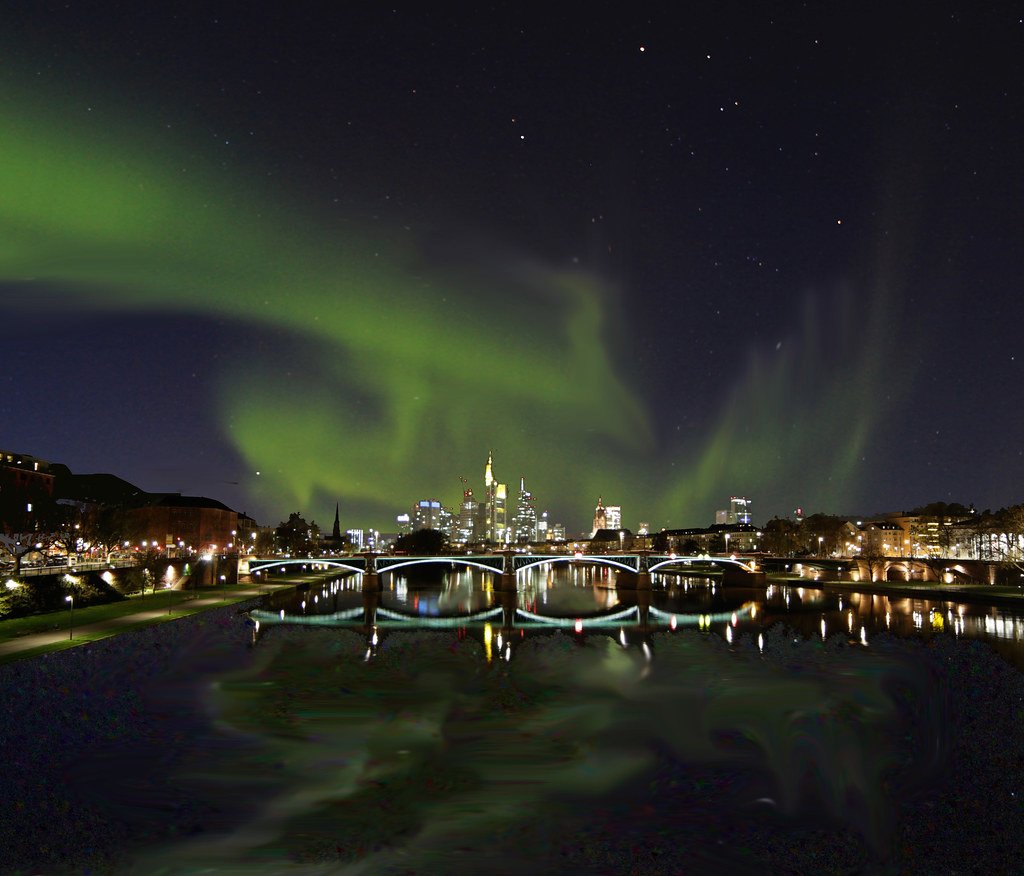You’ve probably seen it on your social feeds or heard about it from friends – those mesmerizing dancing lights that usually stay near the Arctic have been showing up in places nobody expected. Florida, Italy, even southern Japan have witnessed these ethereal displays. There’s something genuinely thrilling happening in our skies, and honestly, it feels like nature is putting on the show of a lifetime.
The phenomenon has people rushing outside with their phones, trying to capture what many are calling the most spectacular aurora displays in decades. Yet this isn’t just luck or coincidence – there’s fascinating science behind why these celestial lights are wandering so far from home.
The Sun’s Magnetic Mayhem Drives Everything

The sun is getting more active, and we’re currently experiencing the peak of Solar Cycle 25, which began in December 2019 and reached its solar maximum in 2023-2024. Think of the sun like a giant magnetic dynamo that’s currently having a particularly energetic moment.
Starting in early August 2024, sunspot counts reached a 23-year high, and there have been multiple strong flares during Solar Cycle 25, including several X-class flares. These aren’t just impressive numbers – they represent massive explosions on the sun’s surface that send charged particles streaming toward Earth.
What makes this solar cycle special is that it’s defying predictions in the most spectacular way possible. While scientists initially predicted Solar Cycle 25 would be relatively weak, solar activity has been much stronger than expected, ramping up much faster and producing more sunspots and eruptions than forecasted.
Coronal Mass Ejections: Nature’s Space Cannons
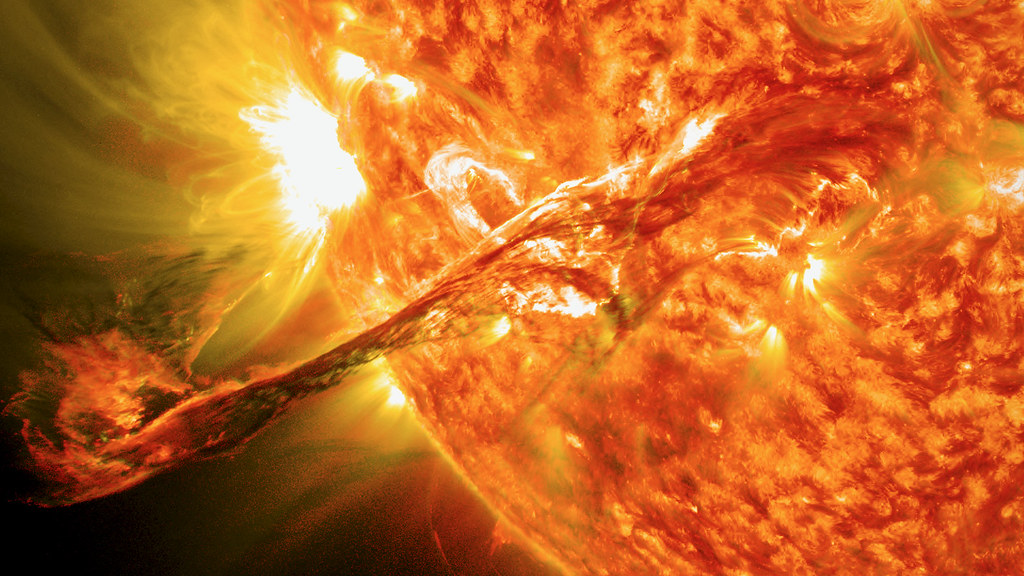
Coronal Mass Ejections are large expulsions of plasma and magnetic field from the Sun’s corona that can eject billions of tons of coronal material and carry embedded magnetic fields stronger than background solar wind. Picture these as cosmic tsunamis racing through space at incredible speeds.
CMEs travel at speeds ranging from slower than 250 kilometers per second to nearly 3000 km/s, with the fastest Earth-directed CMEs reaching our planet in as little as 15-18 hours. When these massive clouds of charged particles collide with Earth’s magnetic field, they create the perfect conditions for auroras to appear.
The really fascinating part is how these CMEs can interact with each other. During CME-CME interactions, the first CME may clear the way for the second one, and when two CMEs collide it can lead to more severe impacts on Earth, with historical records showing that the most extreme space weather events involved multiple successive CMEs.
Earth’s Magnetic Shield Gets Overwhelmed
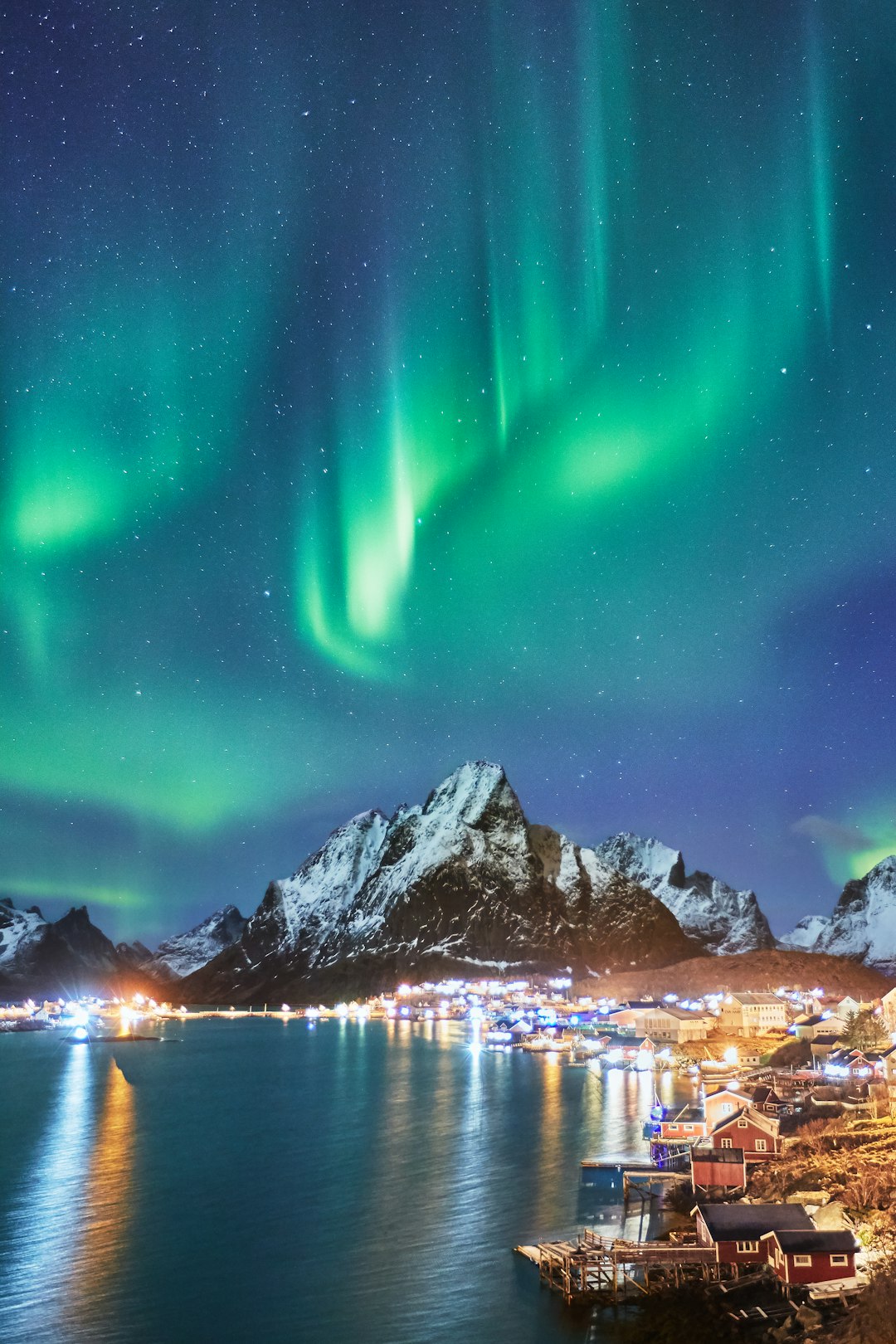
Auroras occur when charged particles from the sun collide with gases in Earth’s upper atmosphere, and these ghostly glows are most visible near the magnetic poles, but thanks to increasing solar activity, they’re now appearing farther south and more frequently than usual. Your planet’s magnetic field usually does an excellent job protecting us, but powerful solar storms can push through these defenses.
The northern lights appear in a region around the earth’s magnetic pole called the “auroral oval” or “auroral zone,” but that region shifts and fluctuates all the time, depending on the strength of solar wind. During intense geomagnetic storms, this protective oval expands dramatically southward.
More intense levels of geomagnetic storming are favored when CME enhanced magnetic fields become more pronounced and prolonged in a south-directed orientation. This magnetic orientation is crucial because it allows solar particles to more easily penetrate Earth’s magnetic defenses.
The May 2024 Super Storm That Changed Everything
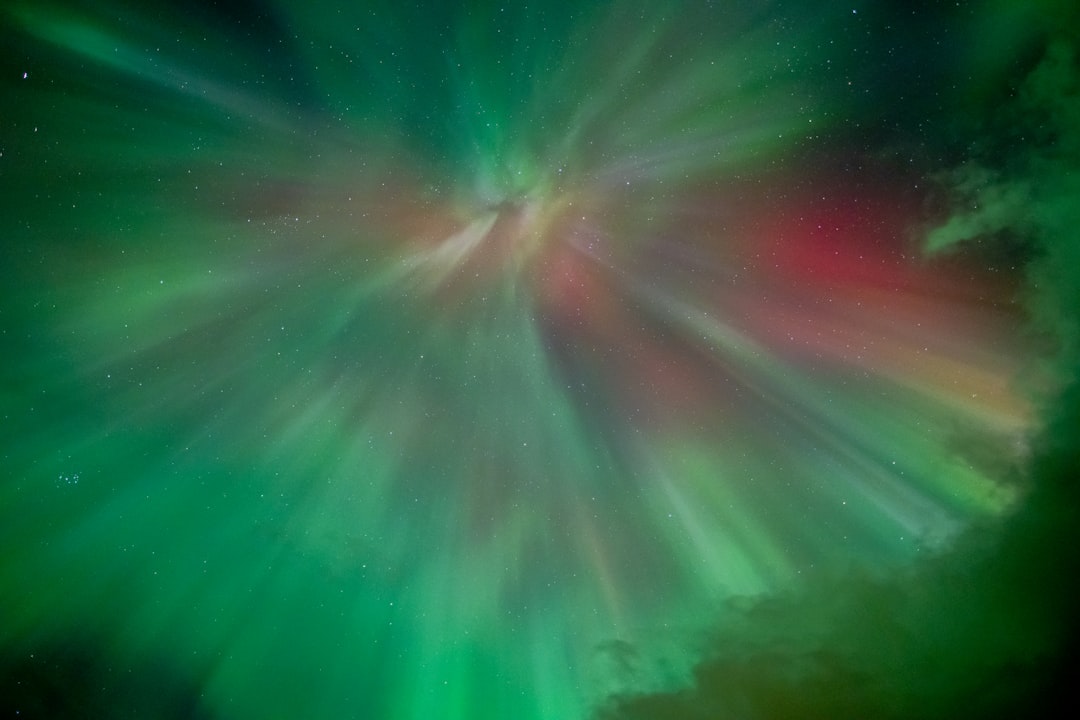
May 2024 saw one of the strongest recent aurora events, with the sun’s solar maximum making northern lights reach farther south. This wasn’t just another aurora display – it was a genuine game-changer that showed people around the world what’s possible during solar maximum.
During May 2024, a barrage of large solar flares and coronal mass ejections launched clouds of charged particles toward Earth, creating the strongest geomagnetic storm at Earth in two decades. The impact was so powerful that auroras were seen as far south as the U.S. Midwest, and another storm in October brought auroras as far south as New York City.
What made this event particularly special was its visual impact. The ethereal skies were captured by photographers as far south as Puglia in Italy and Central Macedonia in Greece, proving that these displays could reach latitudes nobody thought possible during modern times.
Historic Precedent: When Auroras Lit Up the Tropics
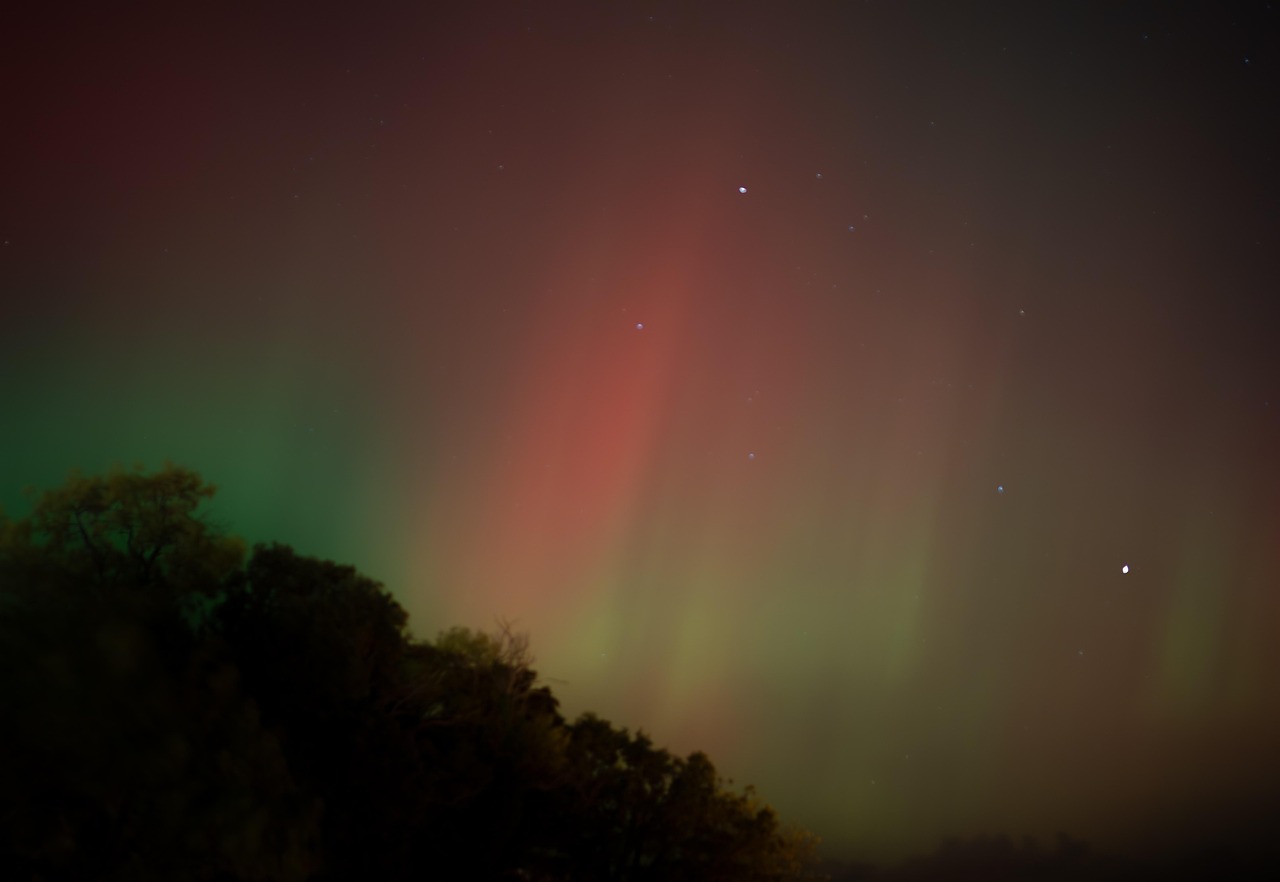
This isn’t the first time auroras have wandered into unexpected territory, though it’s been a very long time since we’ve seen anything quite like this. The famous Carrington event in 1859 had several eruptions and caused auroras to be visible at low latitudes for four nights, while the solar storm of September 1770 lasted for nearly nine days and caused repeated low-latitude auroras.
During the Carrington Event, the aurora was visible from the poles to low latitude areas such as south-central Mexico, Cuba, Hawaii, Queensland, southern Japan and China, New Zealand, and even at lower latitudes very close to the equator, such as Colombia. The displays were so bright that the aurora borealis over the Rocky Mountains was so bright that the glow woke gold miners who thought it was morning, and people in the northeastern United States could read newspapers by the aurora’s light.
More recently, in 1859, the Carrington Event resulted in aurora displays observed near tropical latitudes over Cuba, the Bahamas, Jamaica, El Salvador, and Hawaii. These historical events show us that what we’re experiencing now, while remarkable, follows patterns that have occurred before during extreme solar activity.
Technology Makes Modern Aurora Hunting Possible

There’s something genuinely exciting about how technology has transformed our relationship with these celestial displays. Given that previous solar maximum periods around 2000-2002 also produced notable aurora displays, social media and smartphone apps didn’t exist back then, and mobile phones had poor-quality cameras, so knowing about potential northern lights displays in advance was far less likely than today.
Even if auroras did become visible back then, usually only experienced astrophotographers with expensive cameras had any success in photographing these colorful light displays. Now, your smartphone can capture images that would have required professional equipment just a couple of decades ago.
Websites such as Spaceweather.com report on solar explosions and forecast upcoming auroras, while NOAA’s Space Weather Prediction Center also reports solar flare activity. This means you can get real-time alerts about potential aurora activity, something that was impossible during previous solar maximums.
Colors Tell the Story of Altitude and Chemistry
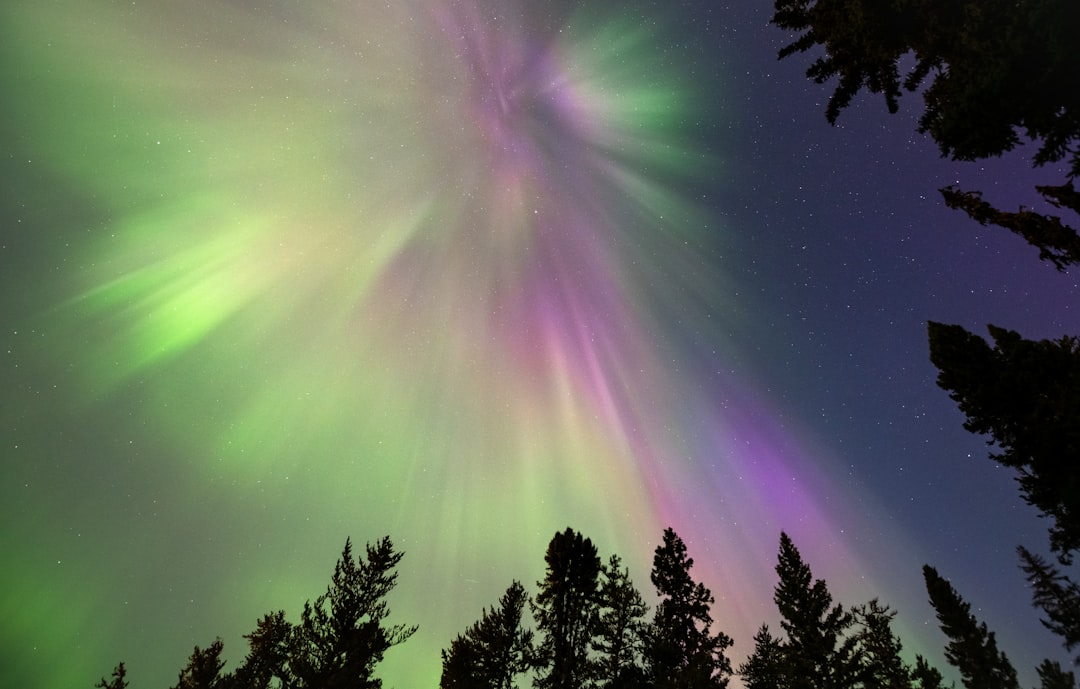
The stunning variety of colors you see in these expanded aurora displays tells a fascinating story about atmospheric chemistry and altitude. Different gas molecules are hit at various atmospheric levels, with oxygen giving off green light when hit around 100 km above Earth, but producing all-red auroras at 160-320 km altitude, while nitrogen causes blue glows lower in the atmosphere and purple hues when it’s higher.
These color variations become particularly dramatic during powerful geomagnetic storms. Unlike many aurora seen south of their typical region, strong auroras can offer vibrant colors of orange and green along with red. The intensity and variety of colors often indicate the strength of the geomagnetic storm causing the display.
What’s particularly exciting is that these southern auroras often display colors that are rarer in typical high-latitude displays. The atmospheric conditions at lower latitudes can create unique interactions between solar particles and atmospheric gases, producing color combinations that even experienced aurora watchers find surprising.
Recent Spectacular Displays Across Unexpected Regions
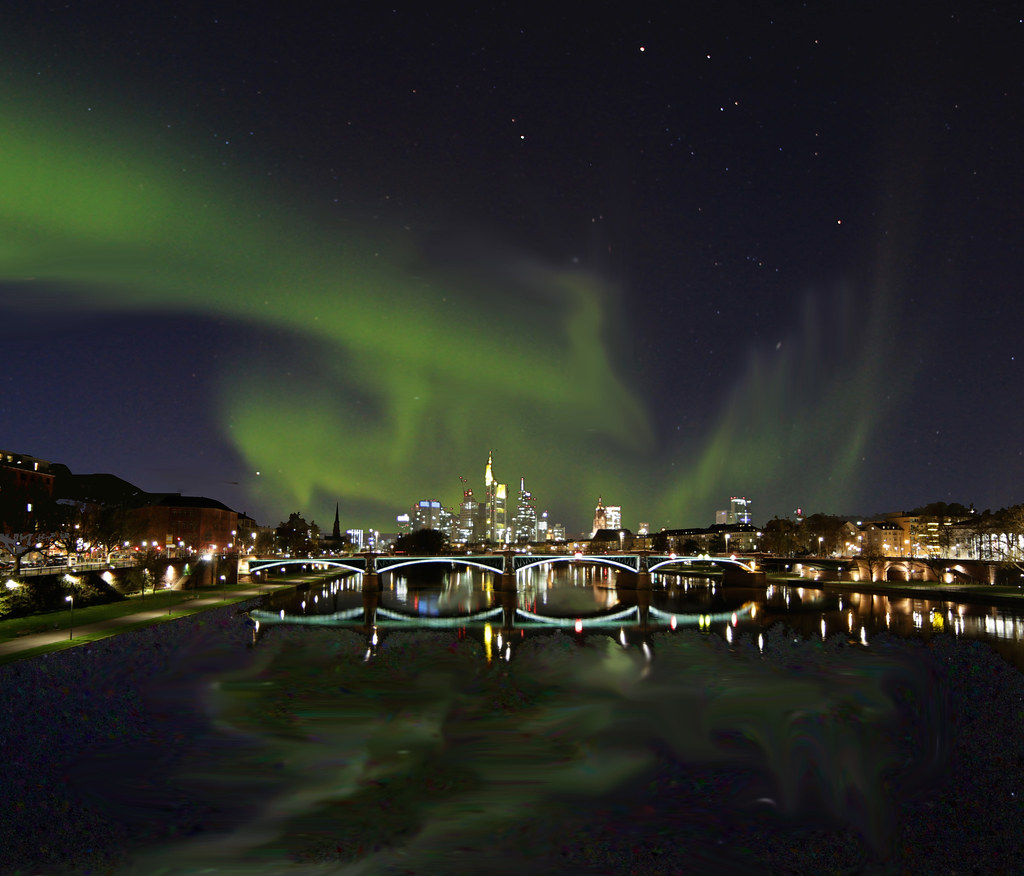
The breadth of recent aurora sightings has been truly remarkable. The stunning wave of auroras has been visible much farther south than typical, reaching not just northern US states but also parts of the lower Midwest and Oregon. Even more surprising, northern lights may be visible as far south as Alabama and Northern California, with highly active auroras also visible in parts of Nevada, Oklahoma, Alabama, Ohio, Pennsylvania and New York.
Thanks to the sun being in a particularly intense phase of solar activity, flares have been appearing further south of the Arctic Circle, making northern lights displays more visible in countries like the UK, Germany and Italy. This expansion represents a dramatic shift from the typical aurora zones that most people associate with places like Alaska, northern Canada, and Scandinavia.
The global nature of these displays has created a shared experience across continents. People in completely different hemispheres have been witnessing similar phenomena, creating a sense of connection through these celestial events that transcends geographic boundaries.
What This Means for the Coming Years
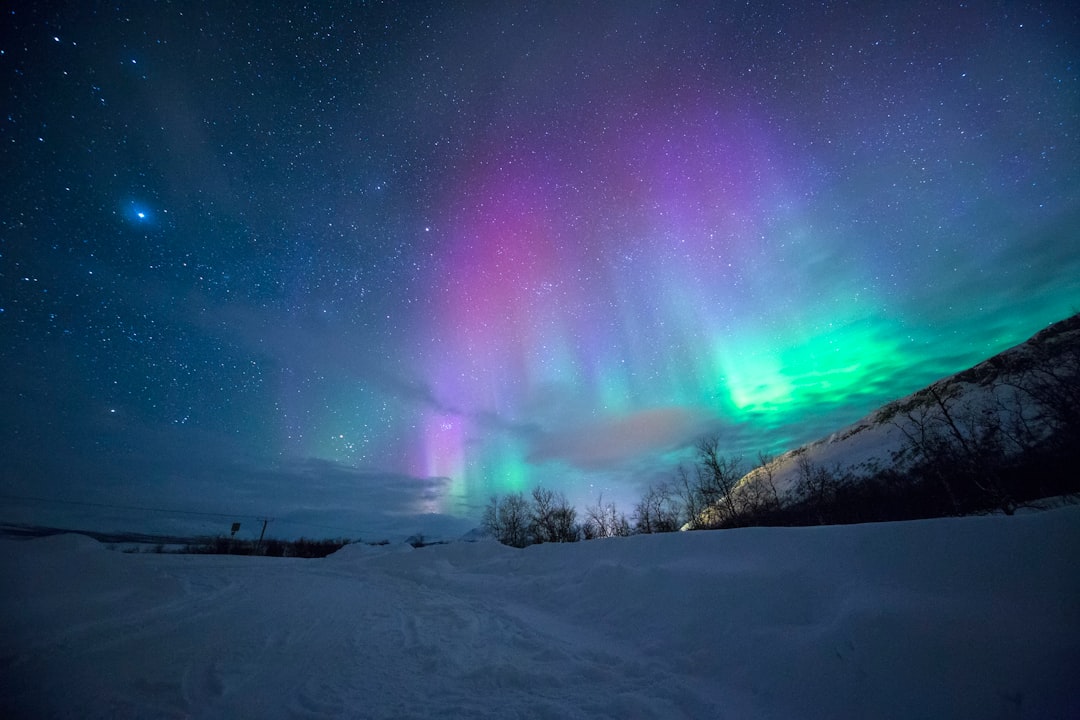
The excitement isn’t over yet, and that’s perhaps the best news of all. Scientists indicate that solar maximum occurred around 2023-2024, marking a period of increased solar activity and storms, which bodes well for travelers hoping to catch glimpses of Northern Lights, as the likelihood of witnessing vibrant and widespread displays is higher during these peak solar phases.
The peak of the solar cycle means there may be more chances to see northern lights in 2025, with even more frequent and widespread displays expected over the coming months. Scientists anticipate that the maximum phase will last another year or so before the Sun enters the declining phase, giving you plenty more opportunities to witness these incredible displays.
In short, it’s the best time to see auroras farther south than where the auroral oval is typically positioned for a couple of decades. This represents a once-in-a-generation opportunity to see these natural wonders without traveling to traditional aurora destinations.
Conclusion: Nature’s Greatest Light Show Continues
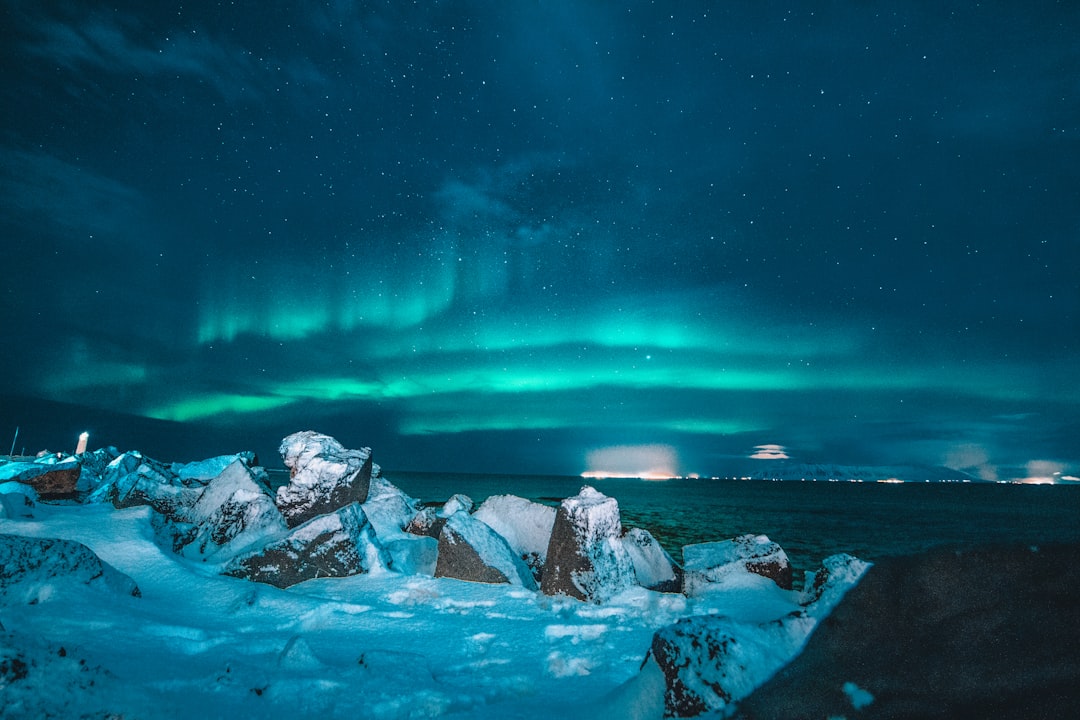
What you’re witnessing isn’t just a temporary cosmic coincidence – it’s the result of our sun reaching the peak of its natural cycle, combined with technology that lets us predict, capture, and share these experiences like never before. The northern lights are currently looking stronger than they have in at least a decade, making it the perfect time to experience them in all their splendor.
The fact that auroras are appearing in unexpected places reminds us that we live on a dynamic planet orbited by an active star. These displays connect us to the cosmic forces that shape our world, offering moments of genuine wonder in our everyday lives.
What do you think about these extraordinary aurora displays reaching so far south? Have you been lucky enough to witness them from your own backyard, or are you planning to chase them during this remarkable solar maximum period? Tell us about your experiences in the comments.

Hi, I’m Andrew, and I come from India. Experienced content specialist with a passion for writing. My forte includes health and wellness, Travel, Animals, and Nature. A nature nomad, I am obsessed with mountains and love high-altitude trekking. I have been on several Himalayan treks in India including the Everest Base Camp in Nepal, a profound experience.

